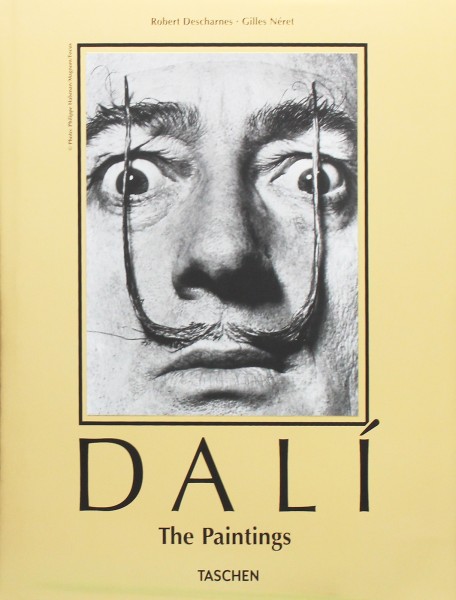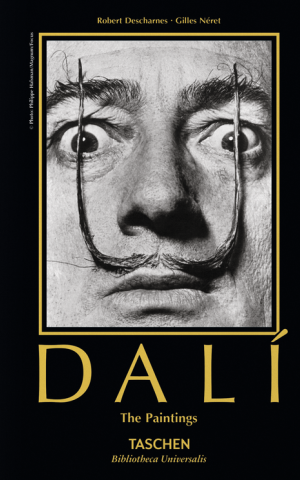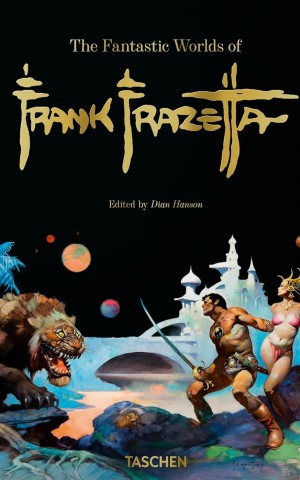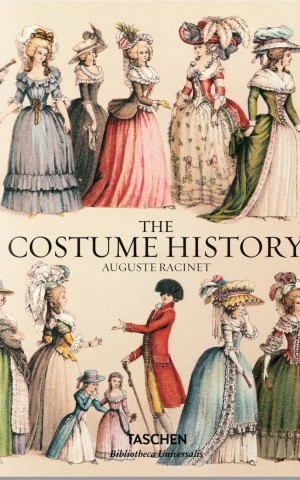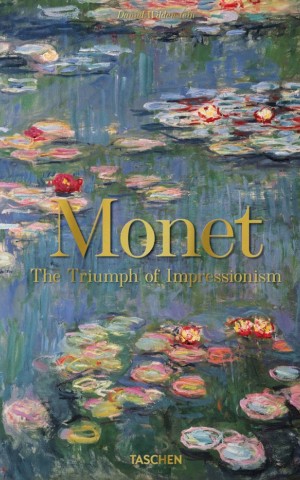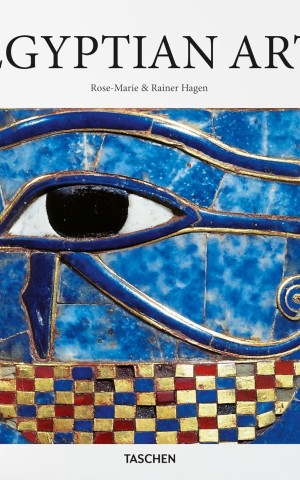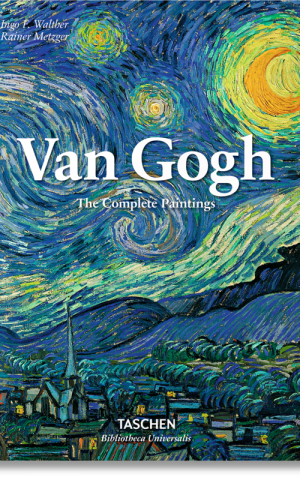At the age of six, Salvador Dali (1904-1989) wanted to be a cook. At the age of seven, he wanted to be Napoleon. "Since then," he later said, "my ambition has steadily grown, and my megalomania with it. Now I want only to be Salvador Dali, I have no greater wish." Throughout his life, Dali was out to become Dali: that is, one of the most significant artists and eccentrics of the 20th century.
This weighty volume is the most complete study of Dali's painted works ever published. After years of research, Robert Descharnes and Gilles Neret located painted works by the master that had been inaccessible for years-so many, in fact, that almost half the featured illustrations appear in public for the first time in this book.
More than a catalogue raisonne, this book contextualizes Dali's oeuvre and its meanings by examining contemporary documents, from writings and drawings to material from other facets of his work, including ballet, cinema, fashion, advertising, and objets d'art. Without these crutches to support analysis, the paintings would simply be a series of many images.
The study is divided into two parts: the first examines Dali's beginnings as an unknown artist. We witness how the young Dali deployed all the isms-Impressionism, Pointillism, Cubism, Fauvism, Purism and Futurism-with playful mastery, and how he would borrow from prevailing trends before ridiculing and abandoning them.
The second part unveils the conclusions of Dali's lifelong inquiries, as well as the great legacy he left in works such as Tuna Fishing (1966/67) or Hallucinogenic Toreador (1970). It includes previously unpublished homages to Velazquez or Michelangelo, painted to the same end as the variations on past masters done by his contemporary, Picasso. We discover how, motivated by the desire to tease out the secrets of great works and become a Velazquez of the mid-20th century, Dali became Dali.
